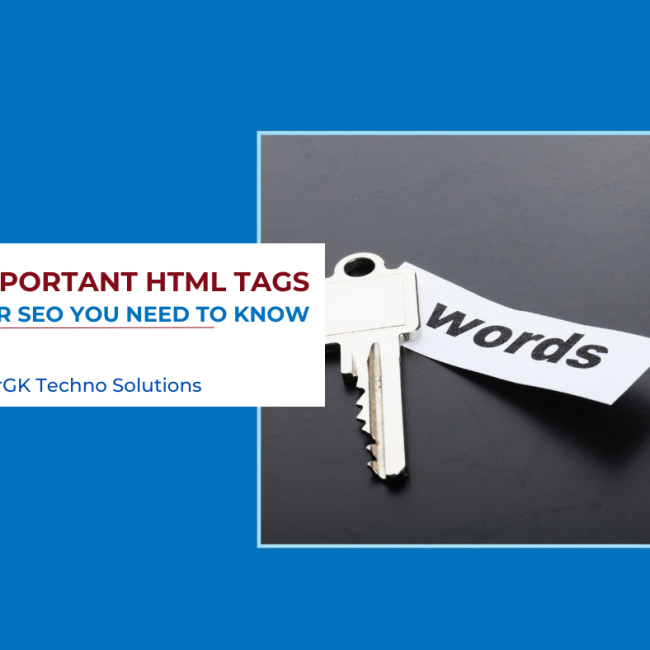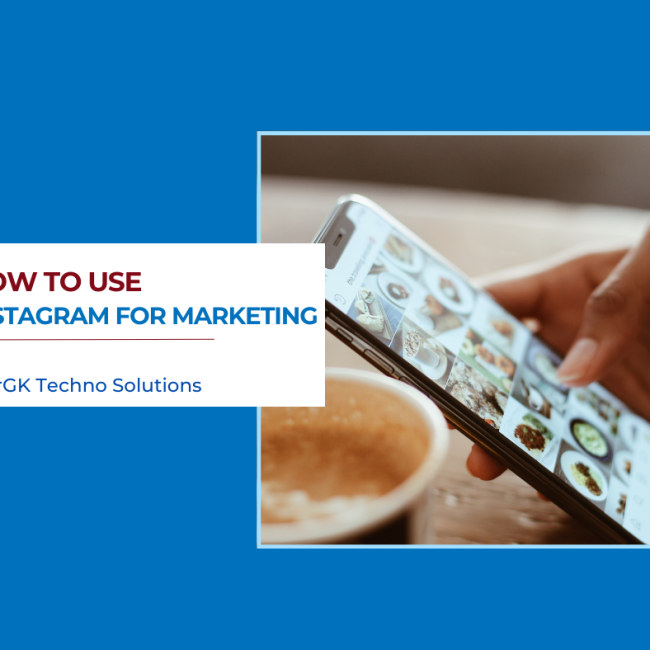
How to Choose Your Brand Name in simple ways
In the vast and competitive landscape of business, choosing the right brand name is a critical step that can significantly impact your company’s success. A well-thought-out brand name not only represents your business but also plays a vital role in creating a lasting impression on your customers. Let’s explore simple ways to choose your brand name, ensuring it resonates with your target audience and sets the stage for your business’s identity.
Importance of Brand Name
Before looking into the process, it’s essential to grasp the significance of a brand name. Your brand name is more than just a label; it’s a gateway to your business identity. It should convey your company’s values, mission, and unique selling proposition in a memorable and brief manner.
Steps to Choose a Brand Name
Brainstorming Session
To choose the perfect brand name, start the process with a brainstorming session. Gather your team, if applicable, and jot down words, phrases, and concepts related to your business. Consider the products or services you offer, your target audience, and the emotions you want your brand to evoke.
Brand Personality
Your brand name should reflect your business’s personality. Are you aiming for a professional, serious tone, or is your brand more playful and unpredictable? Define your brand personality, as it will guide you in selecting a name that aligns with your desired image.
Keep it Simple and Memorable
Simplicity is key when it comes to choosing a brand name. Aim for a name that is easy to spell, pronounce, and remember. Complicated names can create confusion and make it challenging for customers to recall your brand when needed. Think of iconic brands like Apple or Google – simple, memorable, and instantly recognizable.
Target Audience
Understanding your target audience is important in the process of choosing a business name. Consider their preferences, interests, and the language they resonate with. Your brand name should appeal to your ideal customers and make them feel a connection to your products or services.
Brand Name & Domain Name Availability
After you have made the list of names, the next step is to check their availability. Ensure that any other company does not exist with the same name. Check for domain availability as well as in today’s digital world, online presence is equally important.
Avoid Trending Names
While it’s attractive to jump on the latest trend, it’s advisable to choose a timeless name that won’t go out of style. Trends come and go, and you want your brand name to have longevity. Opt for a name that will remain relevant and stand the test of time.
Pronunciation and Spelling Test
Before finalizing your brand name, test it for pronunciation and spelling. Say the name out loud to ensure it rolls off the tongue smoothly. Additionally, share the name with others to gather feedback on how it sounds and if there are any potential pronunciation or spelling issues.
Get Creative with Words
If finding a single-word brand name is proving challenging, consider creative word combinations. Combining relevant words can result in a unique and memorable name that still conveys the essence of your business. Just be sure the combination flows well and isn’t overly complicated.
Feedback
Once you have a shortlist of potential names, seek feedback from trusted friends, family, or colleagues. A fresh perspective can provide valuable insights and help you identify any potential issues or concerns with the chosen names.
Conclusion
Choosing your brand name is a significant decision that requires careful consideration. By following these simple steps – from brainstorming and defining your brand personality to checking availability and seeking feedback – you can ensure that your brand name effectively represents your business and leaves a lasting impression on your audience. Remember, a well-chosen brand name is a powerful asset that can contribute to the success and recognition of your business in the long run.







